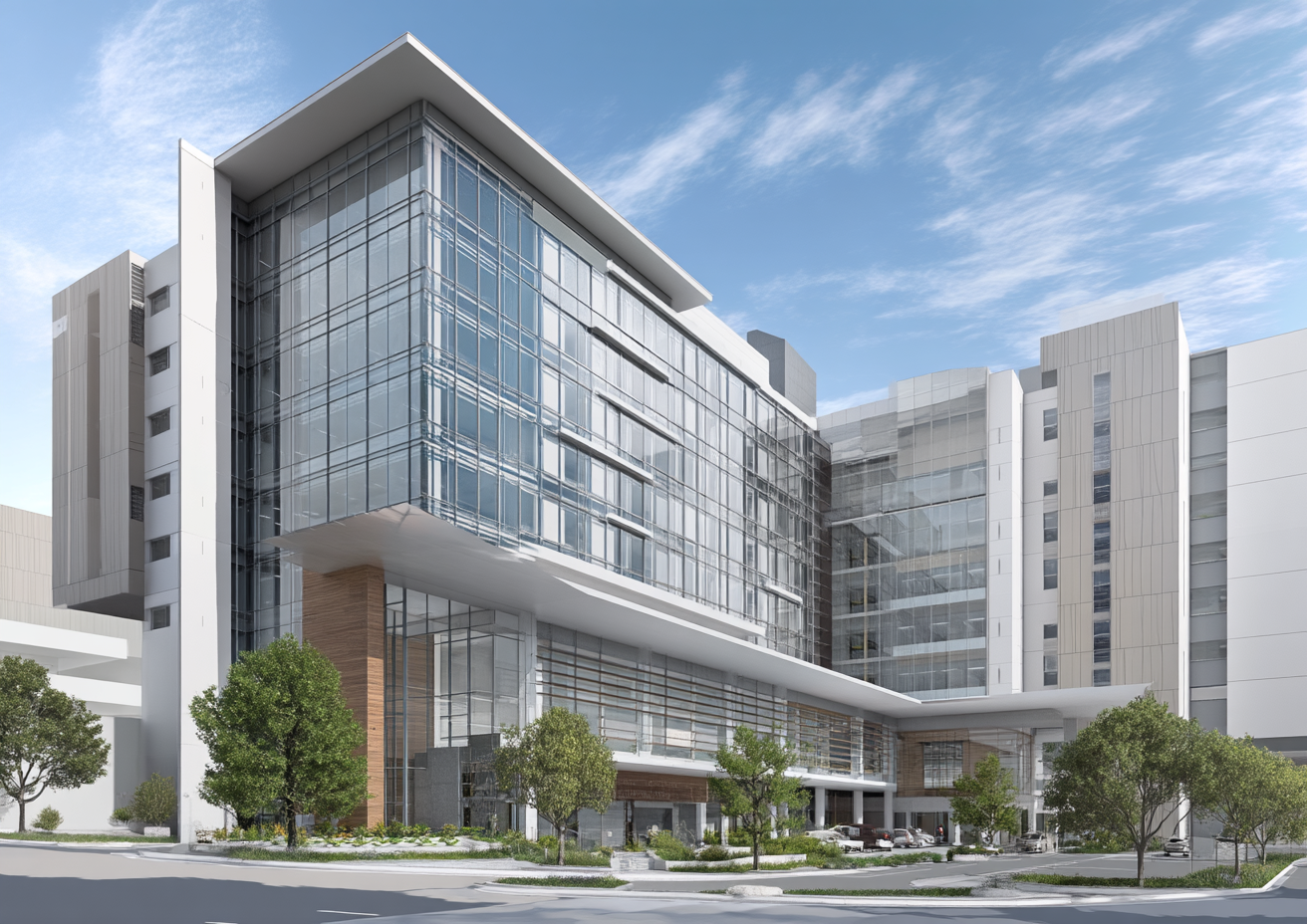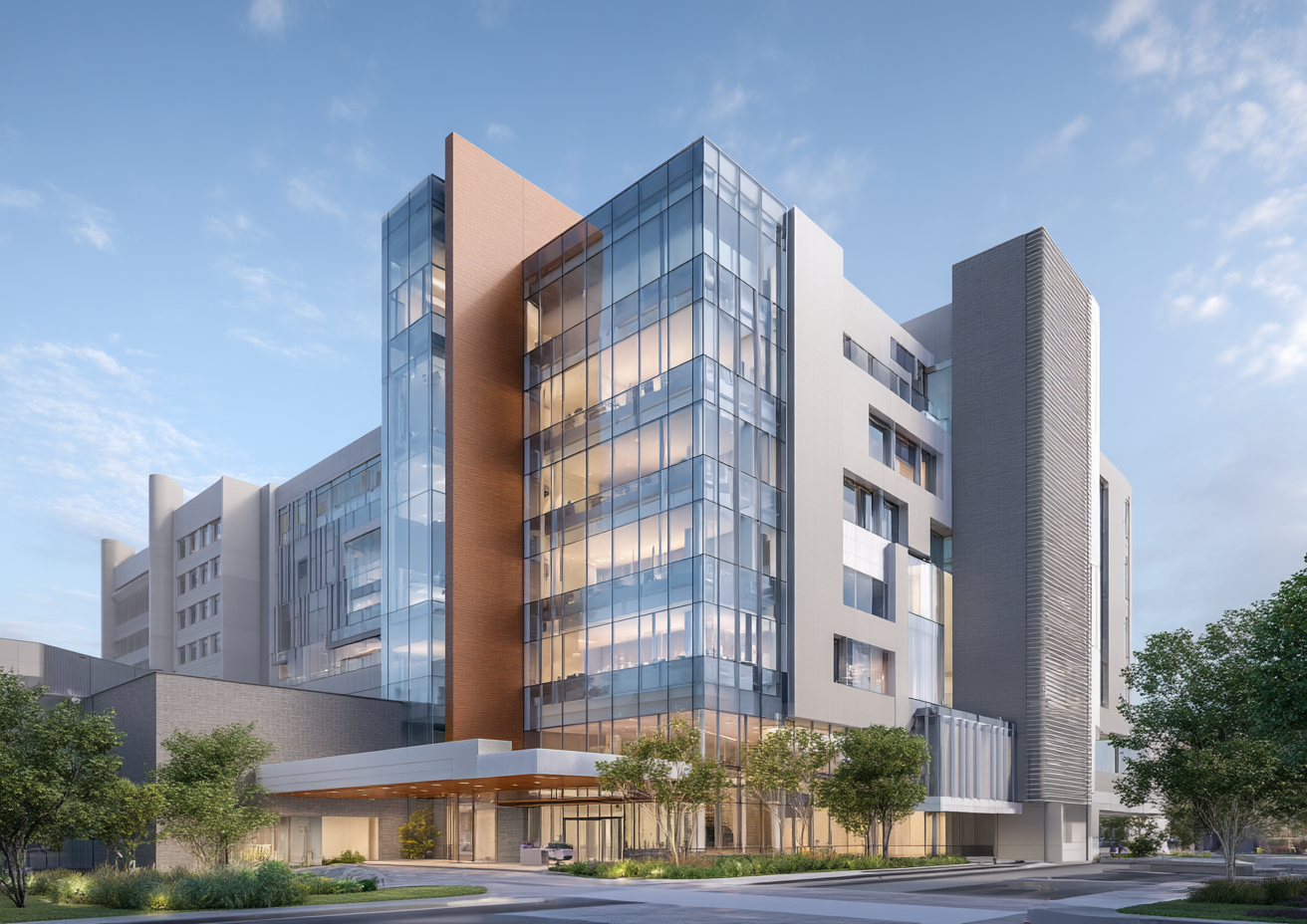As we approach October 30th, members of the California Nurses Association are set to embark on a significant nurse strike at USC Keck and Norris hospitals. This strike highlights critical staffing issues currently plaguing academic medical centers across California, particularly in Los Angeles. The strike brings several concerns to the forefront, including staffing shortages, missed breaks, and inadequate resource nurse support, which are affecting not only healthcare staff but also patient care and hospital operations.
Understanding the Stakes: Who Is Impacted?
The nurse strike at USC is not just a labor dispute; it poses broader implications for the healthcare delivery system. Healthcare professionals, hospital administrators, and nursing staff must understand the stakes involved. In addition to directly affecting patient care, such labor actions impact morale, hospital operations, and community trust.
The Current Climate: Staffing Issues and Missed Breaks
One of the primary driving factors behind this impending strike is the chronic staffing shortages faced by healthcare facilities. According to recent reports, many hospitals are experiencing difficulties in maintaining adequate nurse staffing levels, which leads to overwhelming workloads for the nursing staff. As a result, nurses are frequently missing their designated breaks, further exacerbating stress and burnout.
Currently, hospitals in Los Angeles are navigating escalating healthcare demands while facing reduced staffing. For instance, the National Healthcare Retention & RN Staffing Report estimates that the average turnover rate for registered nurses across the U.S. has increased dramatically. In this context, the escalating labor negotiations reflect broader trends in the industry.
Inadequate Resource Support for Nurses
Nurses often find themselves stretched thin, largely due to inadequate resource nurse support. This shortfall complicates patient care efforts and places even greater pressure on operational excellence. Resource nurses play a crucial role in guiding nursing teams, but if their roles become diluted due to staffing compromises, the quality of care may suffer.
Additionally, hospitals may struggle to maintain compliance with safety protocols when nurses are overburdened. The need for adequate nurse staffing is crucial, especially in units that provide complex care, such as ICU or emergency services where every second matters.
The Role of Labor Unions in Addressing Staffing Challenges
Labor unions serve as a powerful platform for nurses to voice their concerns. The California Nurses Association’s efforts represent a collective stance against these challenges. Through negotiations, they seek to ensure favorable working conditions with appropriate staffing ratios.
However, negotiations often require balancing the needs of healthcare staff with hospital budgets and revenue realities. This intersection often leads to tensions, as financial constraints may limit hospitals’ ability to meet union demands. Therefore, understanding the intricacies of labor negotiations becomes crucial for all stakeholders.
Preparing for the Strike: What Healthcare Professionals Should Know
As healthcare professionals, being aware of the strike developments and ongoing negotiations is essential. Understand the implications this may have on hospital operations, patient care, and overall morale among staff. Here are actionable insights to keep in mind:
- Stay informed: Follow updates regarding the strike and negotiations. Knowledge of potential changes can help you prepare strategically.
- Engage in dialogue: Open lines of communication with colleagues about the strike and impacts it may have on patient care.
- Assess contingency plans: Understand your hospital’s contingency plan in case of staff shortages due to the strike. Adjust accordingly.
The Impact on Patient Care: Why It Matters
The nurse strike at USC Keck and Norris hospitals raises pressing concerns about patient care. Research indicates that inadequate nurse staffing levels are correlated with increased patient morbidity and mortality rates. As nurses advocate for better working conditions, it’s imperative to recognize that the outcomes extend beyond the workforce; they can directly affect patient well-being.
Healthcare administrators need to observe the potential fallout from the strike. In addition, adjusting care models and ensuring safe staffing ratios could be critical in safeguarding patient safety and maintaining quality of care during this turbulent time.
Moving Forward: Solutions and Considerations
To effectively address the challenges posed by the strike, stakeholders must come together to find solutions. Here are several strategies to consider:
- Implement innovative staffing solutions: Explore flexible staffing models that can adapt to changing demands while ensuring adequate support for nursing staff.
- Enhance nurse engagement: Create a culture of engagement that empowers nurses to voice their concerns and participate in decision-making processes.
- Foster collaboration: Encourage collaboration between healthcare leaders and nursing staff to drive better staffing outcomes.
Conclusion: A Call to Remain Informed
As the nurse strike at USC Keck and Norris hospitals approaches, it is critical for healthcare professionals, hospital administrators, and nursing staff to remain informed about the situation. Understanding the implications of staffing shortages, inadequate support, and labor negotiations is essential for not only safeguarding the health of the workforce but also ensuring quality patient care.
Staying updated on strike developments and union negotiations can pave the way for informed decision-making and strategic planning. Therefore, as we navigate this pivotal moment in healthcare, let us remain vigilant and engaged in fostering a supportive and effective healthcare environment.



